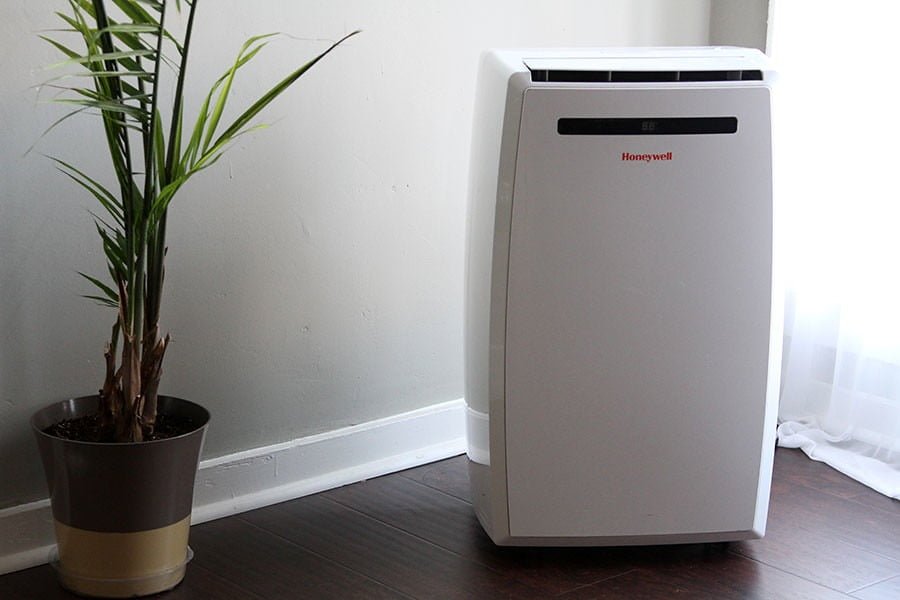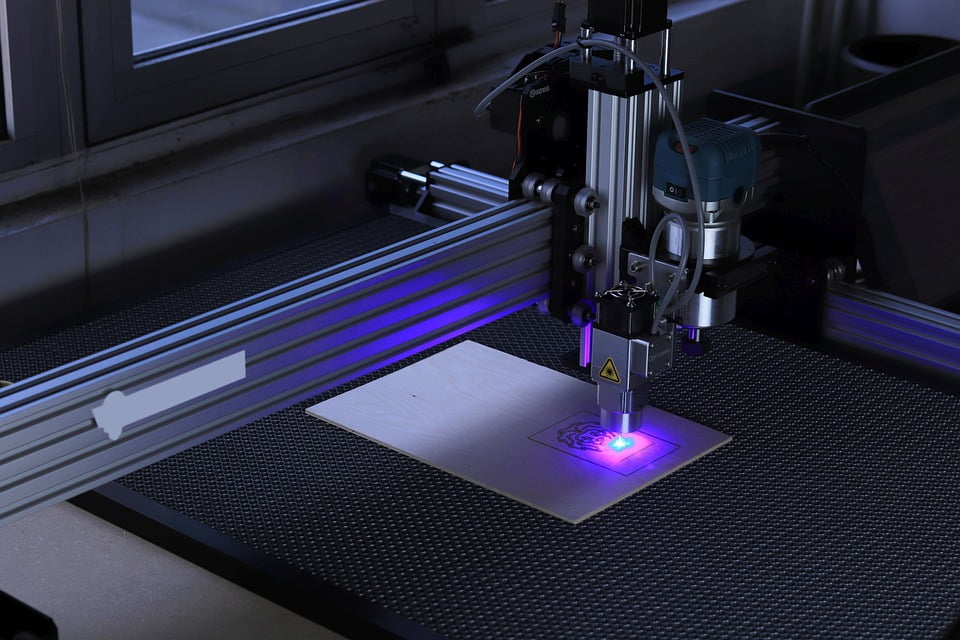
Portable ACs, despite their negative popularity, have their uses.
Every household cannot afford a window AC or split AC especially newlywed couples who have increasing responsibilities and low financial resources. Taking loans initially for these luxuries can be disadvantageous in the near future.
Sometimes, the structure of the house does not allow the installation of an air conditioner, or installing one has a tradeoff. Like a room that has only one window is not preferred for the installation of window air conditioners.
Also, European and Western countries like ours do not require ACs from Autumn to Spring, which is almost six months. In this time period, some families may prefer to remove their air conditioner to free up some space.
Portable air conditioners shine in these conditions. They are energy-efficient, compact, and double as a dehumidifier and heater. Also, they are cheaper than traditional air conditioners.
if you are planning to purchase one, then consider these 7 things. So, you can get the most suitable portable AC according to your requirements and preferences.
1. Cost
The first thing that you should consider is your budget. Obviously, more expensive portable ACs have more features and benefits. The price for home-based portable AC starts from $150 and goes up to $800.
Commercial units cross over $10,000 if you are wondering.
2. BTU
BTUs (British Thermal Units) per hour show the cooling power of the ACs. Now, this is essential because the size of your room will determine the BTUs per hour of your machine. Manufacturers usually suggest the size of room a unit is suitable for.
The BTU ranges from 5,000 to 36,000 suitable for 150 to 2,700 sq. ft respectively. So, you need to determine the size of your room to select a proper model to ensure efficiency.
3. Installation
Portable ACs should be installed close to your window as it ventilates the warm air. A vent is installed in the frame of a window, then it is connected to the unit via a hose.
Your room must have enough space for a portable AC, and there should be a window for the same. Some manufacturers provide kits that increase the installation flexibility but a proper spot for your machine should be carefully considered.
4. Hose type
Portable ACs come with two types of hose — dual and single.
A single-hose unit uses the same hose for air intake and exhaust, which means it will not be as efficient as its counterpart — dual-hose.
A dual-hose unit uses one hose for intake and another for exhaust, which makes it more efficient. So, we recommend you consider a dual-hose unit over a single hose unit.
5. Condensate type
If you are wondering what is a condensate, then it means the condensed water from the air conditioning unit’s cooling A-coil collected in a drip pan or released into the air. A portable AC unit comes in three types based on its condensation method — Drip, Partial Drip, and No-Drip.
- Drip air conditioners drain the condensate into an internal bucket that needs to be dumped.
- Partial drip air conditioners release the condensate via exhaust but still drains some condensate to the internal bucket which needs to be dumped, but not so frequently as compared to drip air conditioners.
- No-drip air conditioners release all the condensate via the exhaust. So, no worries about dumping anything. This is the most popular type of portable AC.
6. Portability
If you are someone who loves camping and want to take your portable AC, then you should consider its size and weight. It should be comparatively easy to install, lightweight, and compact, so you can carry it without issues.
However, if you want to keep it in your house during the summer, then it is all right, but consider a design which suits your room’s ambiance and decor.
There are a few more things that you need to consider before purchasing a portable AC specifically for camping and here’s a complete guide just for that!
7. Noise
Every Air conditioner makes some amount of noise. Manufacturers ensure to keep the noise to a minimum. If you are wondering about the noise output of a unit, then you should consult the vendor or take a first-hand demo.
Reviews are also very helpful if you are purchasing a unit online.
Conclusion
We hope that you would consider the above things and purchase the most suitable portable AC for yourself. Do you have any experience sharing portable ACs? Let us know in the comments below.
Have a great day ahead!





Tech content on this site may include contributed articles and partnerships with industry voices. Learn more in our Editorial Policy.